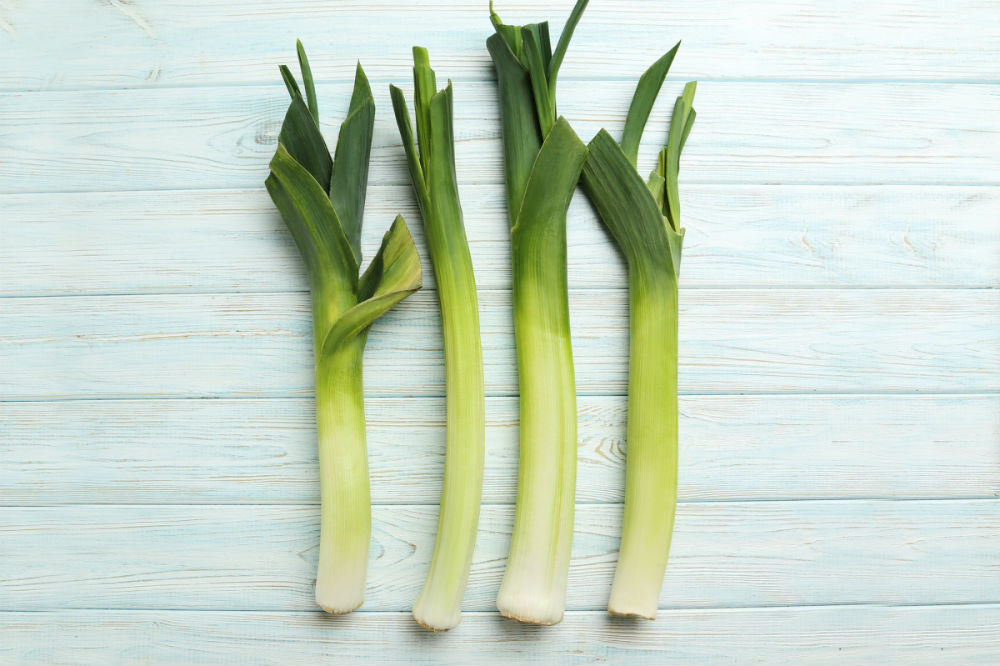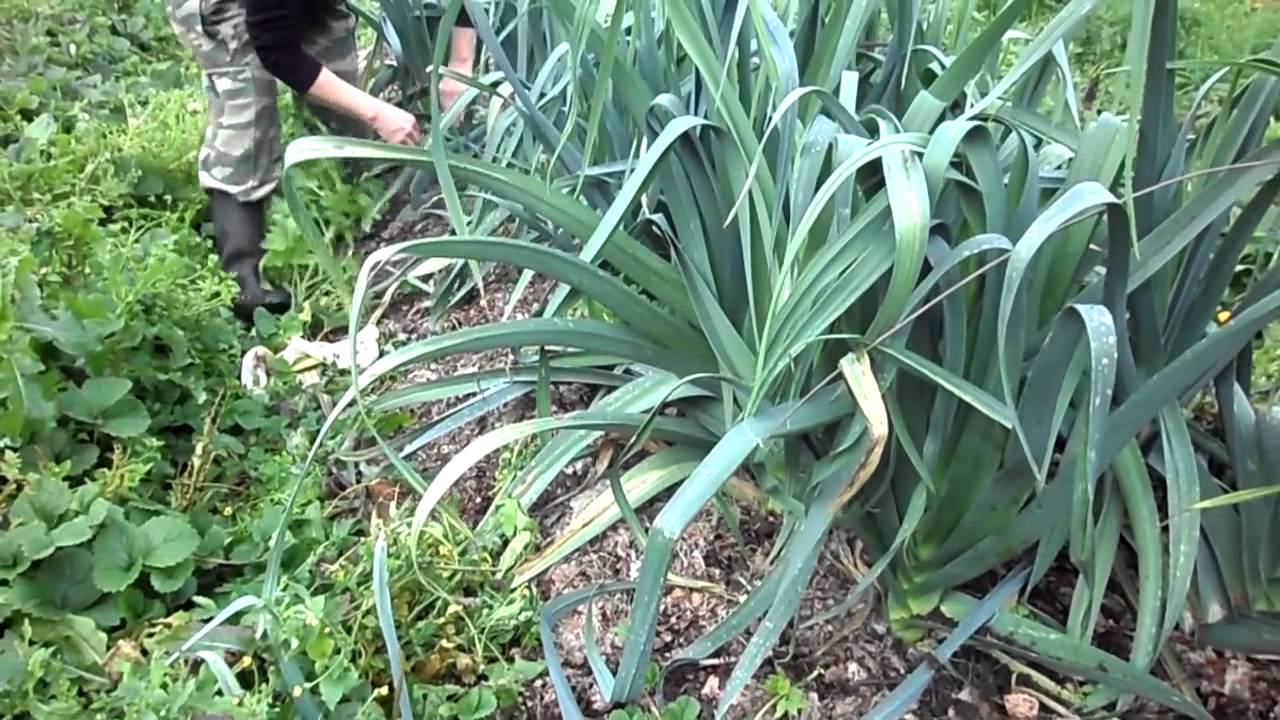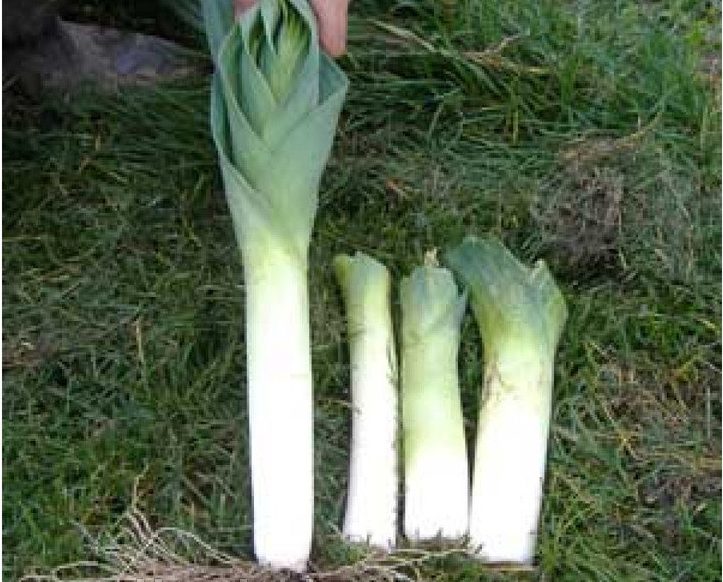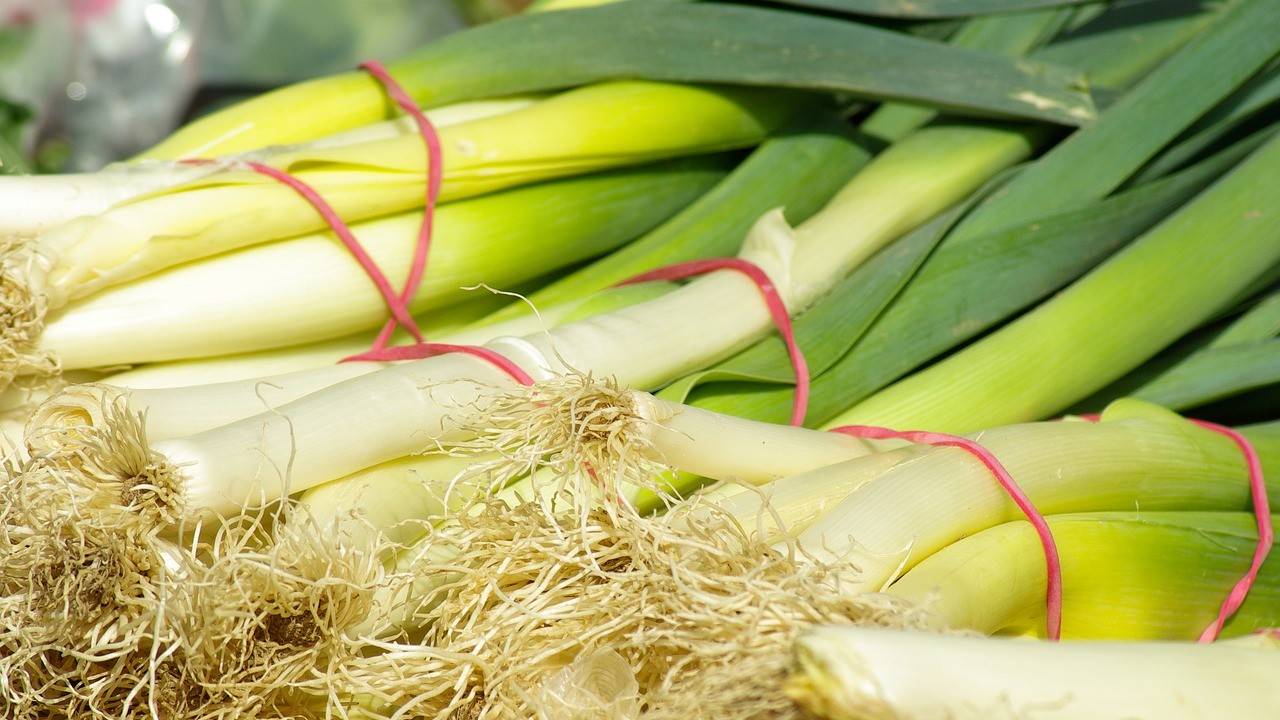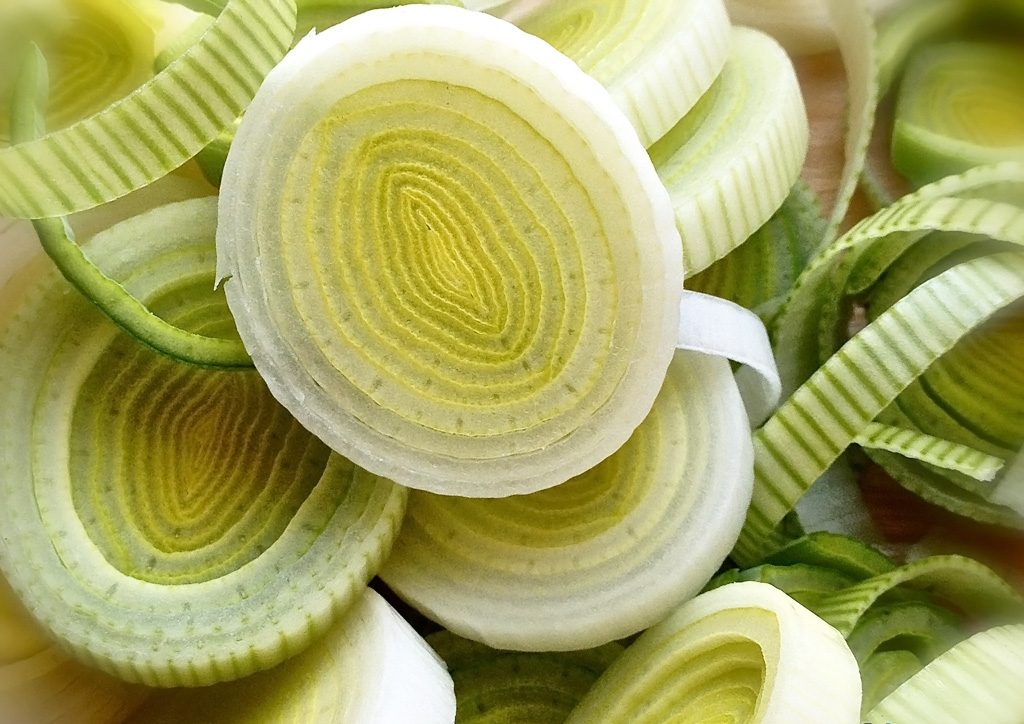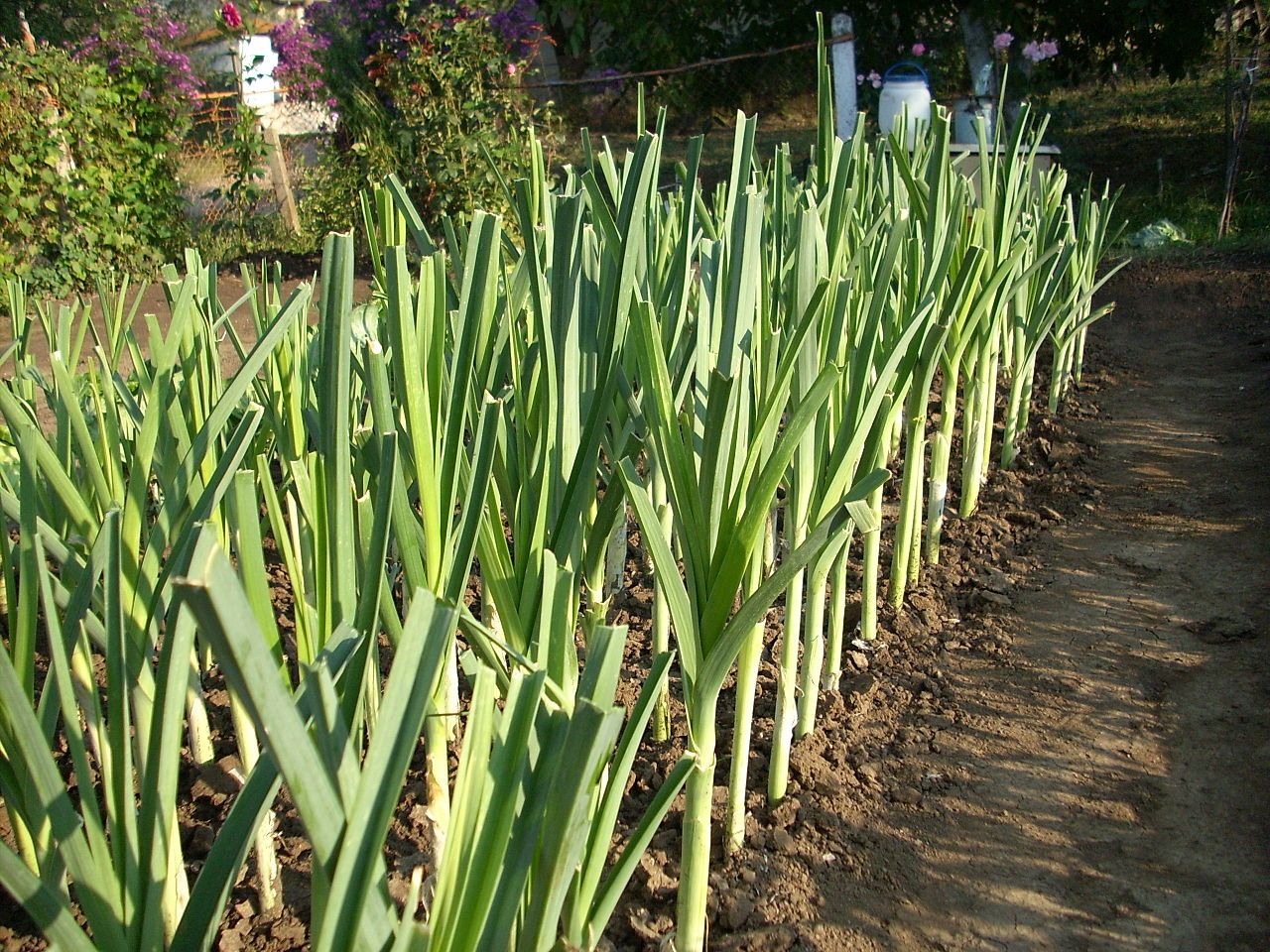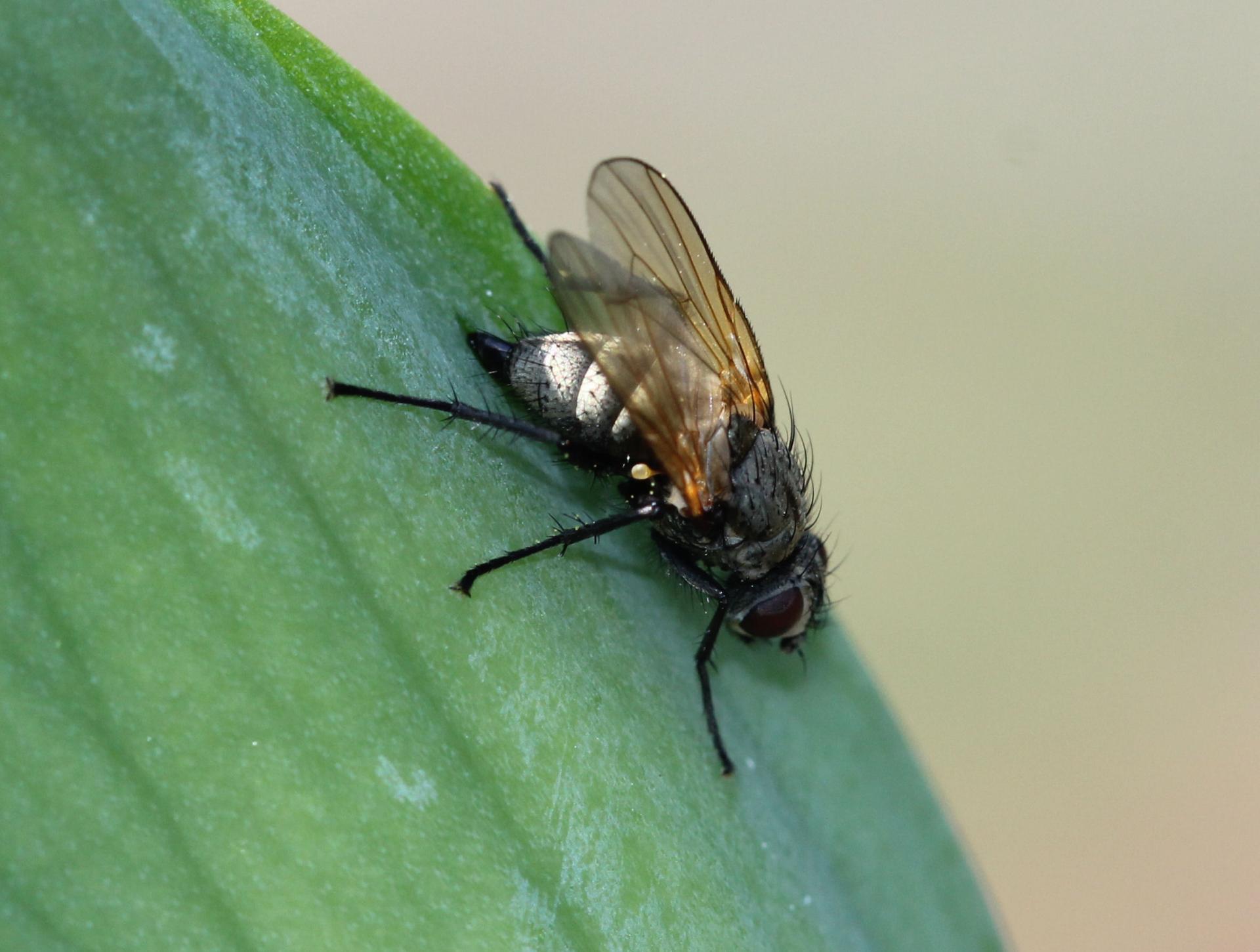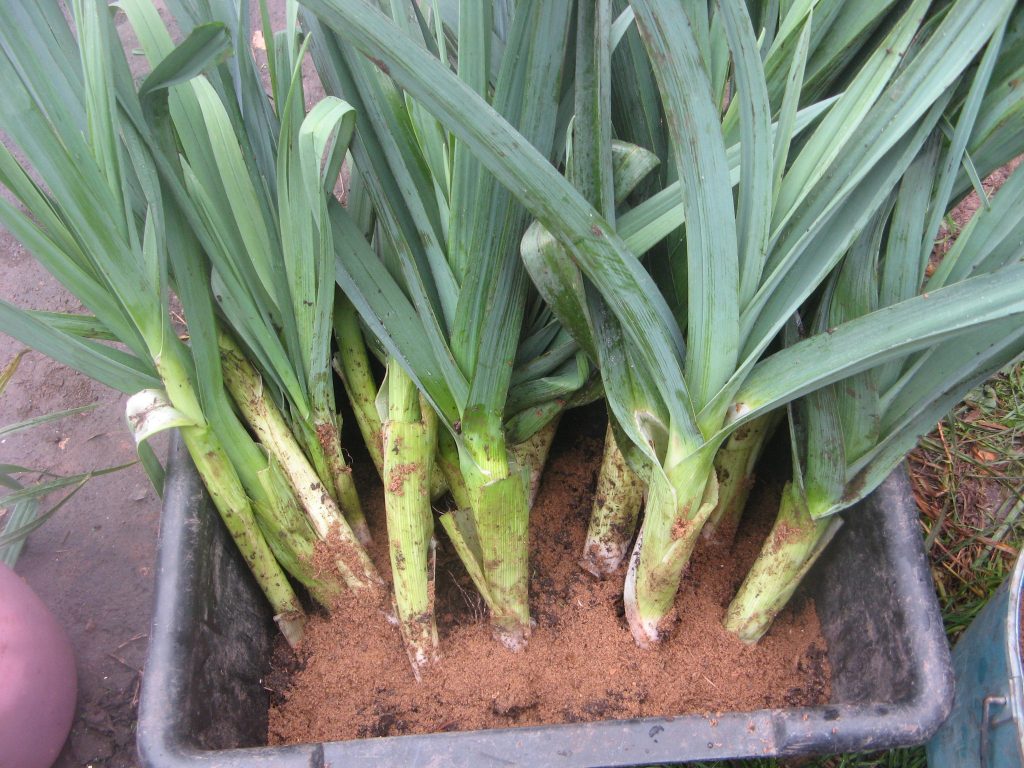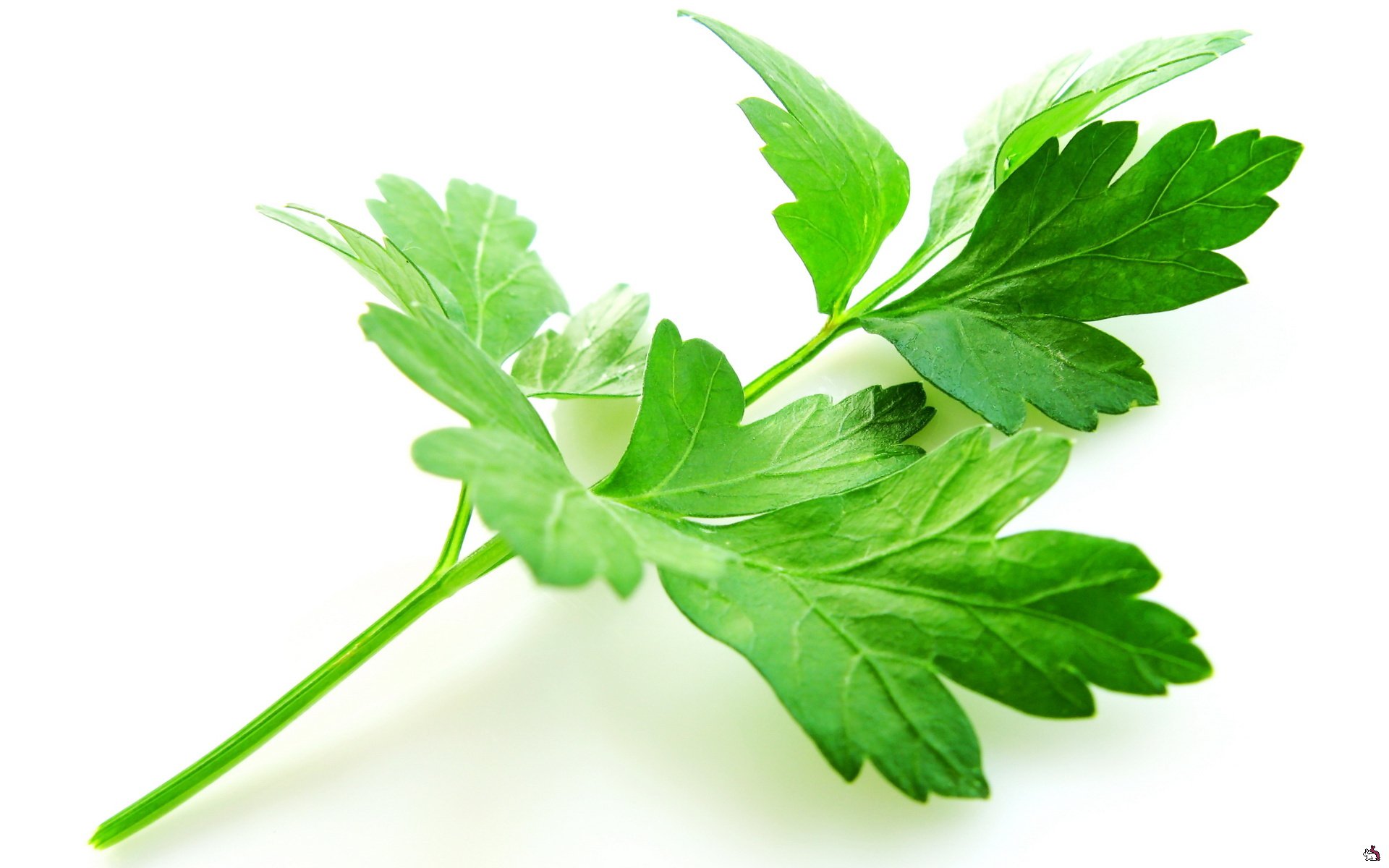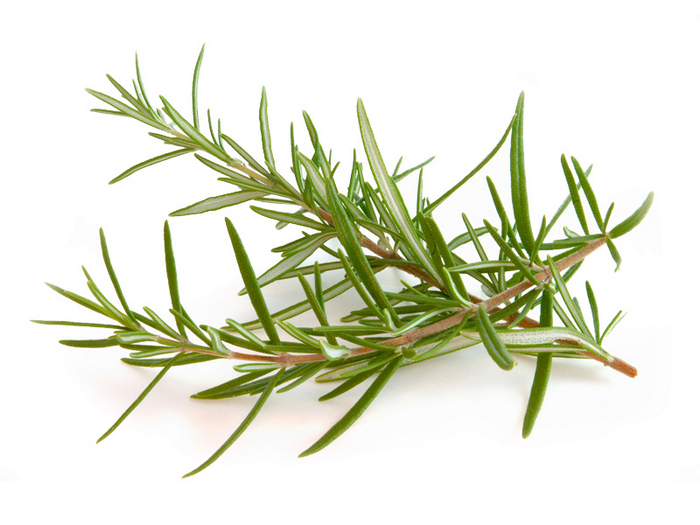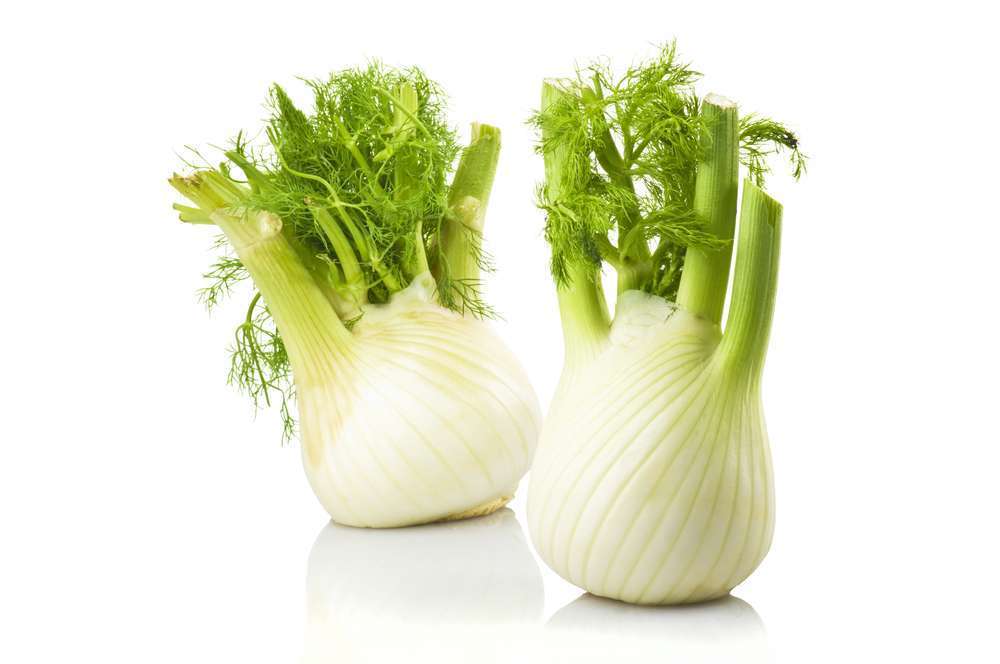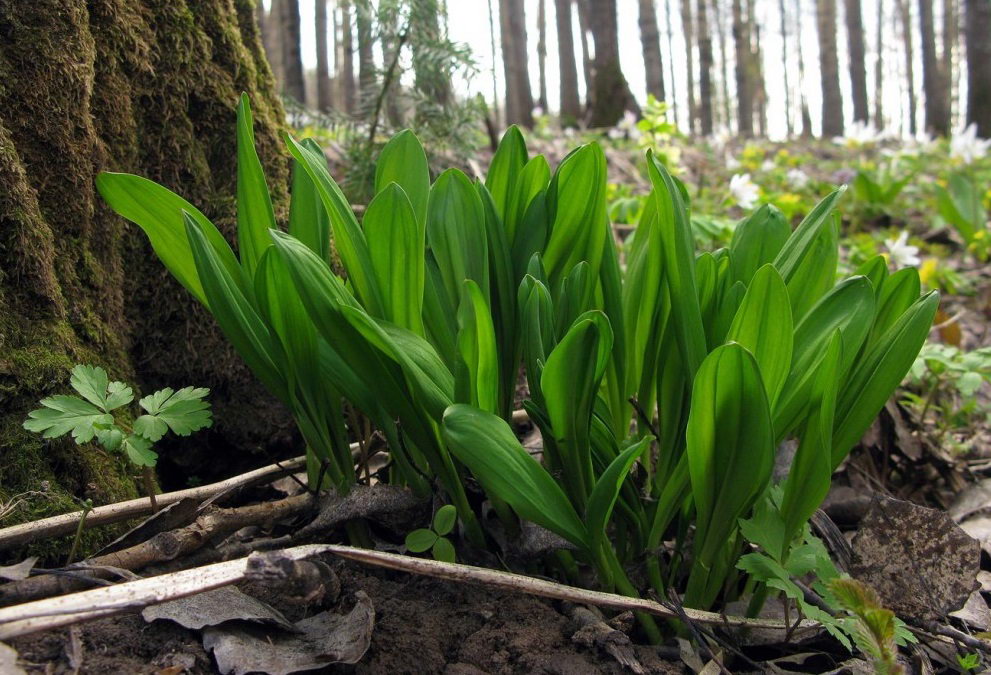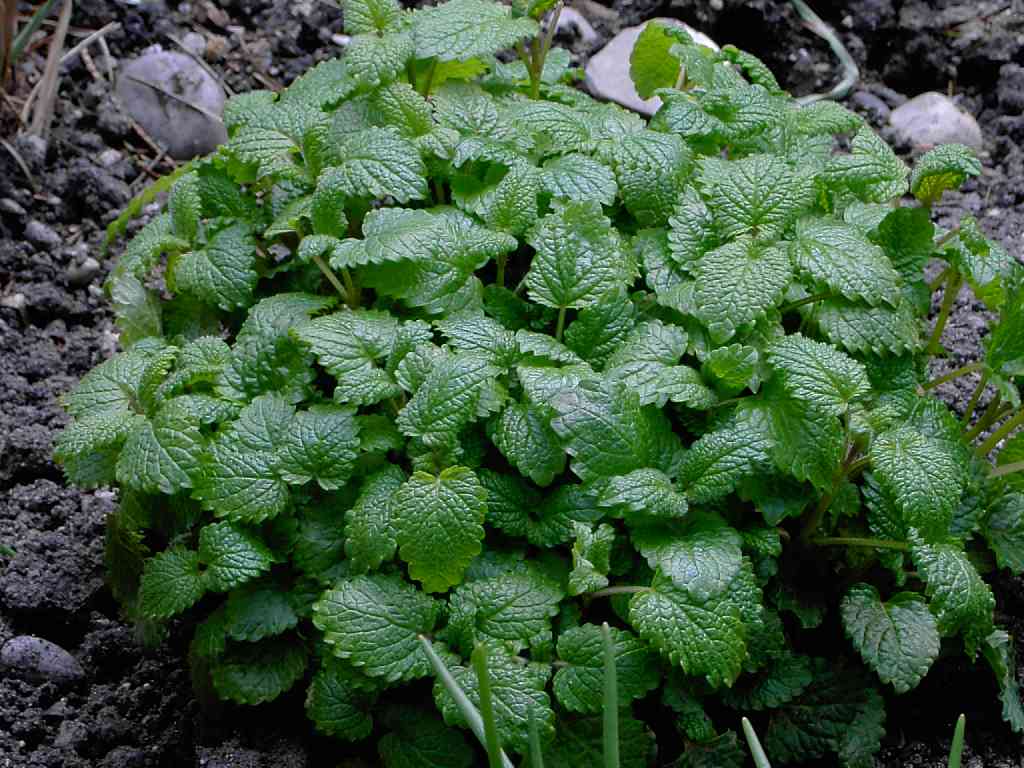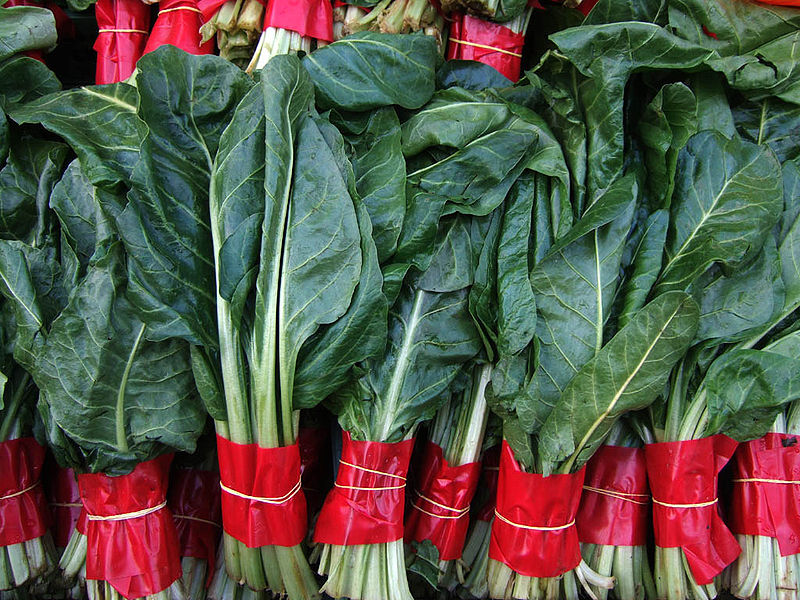Content:
Leeks are currently not as widespread and diverse in Russian garden plots as their onion counterpart. And completely in vain. Leek is an incredibly useful product for the human body, which is not recommended to be ignored in the most urgent way.
Description of culture
Leek is a perennial onion that in practice most gardeners prefer to grow as an annual. The fact is that it is in the year of planting that the plant forms a leg, which is a false bulb, and leaves, for which, in fact, the culture is grown. As for the foliage, they are eaten only when they are young.
Depending on the growing conditions and varietal characteristics, the height of the onion can vary from 1 to 48 cm, and the stem diameter can vary from 3 to 10 cm.
Leek leaves are most similar to garlic leaves. But they are somewhat wider and longer. In the first year after planting seeds in the ground, at least 12 leaves are formed.
The culture is stored with cut roots and leaves in cool conditions (cellars, basements or refrigerators).
In the second year of vegetation, the parell onion (leek) produces a seed arrow with a spherical corolla (just like garlic). The culture begins to bloom in July. The flowers of the plant resemble a pinkish zat. The seed ripens closer to September.
Popular varieties
There are not too many varieties of leeks, but gardeners still have a certain choice (which leek to plant). Let's consider the most popular varieties.
Columbus
Columbus is an early variety. Its ripening occurs on average eighty-fifth days after disembarkation. The culture grows up to 80 cm in height, its false stem has a length of up to 13 cm. It is permissible to plant Columbus in almost any Russian region, be it Siberia, the Urals, the Moscow region, or the Krasnodar Territory, which is milder in terms of climate. Leek of this type is characterized by frost resistance. This is a very productive variety.
Winner
Another popular onion variety that many people prefer to plant in their garden is Winner. This variety belongs to the mid-season. The usual ripening period is 130-160 days from the date of planting. This type of leek is characterized by an average height and low weight (no more than 200 grams per plant). The Winner variety is especially appreciated for its excellent taste characteristics. It is quite tender, very juicy, with a little pungency.
Vesta (West)
Variety Vesta (or West) belongs to the early maturing and is considered one of the best. You can grow a culture in just 120 days. Seed material is planted in March (first in a container), transplanted into open ground after 70 days. The plant requires serious enough care - it should be regularly hilled and fertilized. West leaves are distinguished by a light green tint with a noticeable waxy coating. The stem-leg is white in length can reach 30 cm. The taste is sweet and juicy. Vesta belongs to the varieties with a high yield.
Goliath
Goliath is another early leek variety. It ripens four months after planting. Stem height is average. The white part (bulb) reaches 30 cm with a width of 60 mm. The average weight of one fully ripe plant cut from the garden is 150 g. The variety is excellent both for fresh consumption and for drying. The yield is high.
Elephant
Gardeners speak well of the Elephant variety. This is a mid-early crop that can be removed from the garden 130 days after planting. The variety itself is quite large. Individual plants can grow up to 85 centimeters. Onion leaves are very wide, rich green with a bluish bloom. The weight of one plant is about two hundred grams.
Elephant is characterized by a high yield.
Karantansky
The leek variety Karantansky is a late-ripening variety. This healthy product takes an average of 150-200 days to mature. Moreover, fresh herbs, which will decorate almost any salad recipe, can be harvested before the first frost. Onions can be prepared for harvesting as early as September. At the same time, mass harvesting is carried out throughout October. Plant weight varies from 200 to 325 grams.
Summer breeze
Summer Breeze leeks are another of the most popular late-ripening crops. It is characterized by wide and spreading green leaves with a characteristic waxy coating. The weight of one plant after ripening varies from 200 to 340 g. Moreover, its height can reach one meter.
In cooking, the culture is used fresh, dried and processed. Especially recommended for freezing in the winter.
Useful properties and contraindications
Knowing everything about such an onion as a leek is not only about knowing how to seed it correctly, how the seedlings are grown, or how to soar and freeze it for the winter. It is equally important to understand the benefits of culture.
Leeks are a real storehouse of vitamins and microelements. It contains thiamine, riboflavin, ascorbic and nicotinic acids, carotene, as well as salts of calcium, potassium, magnesium, iron and phosphorus, and, moreover, in a fairly tangible amount
The benefits of leeks when used regularly for food are as follows:
- restoration of impaired digestion (coarse fibers contained in the plant improve the work of peristalsis);
- getting rid of inflammation (as a complex therapy);
- reducing the risk of cancerous tumors (and slowing the growth of identified ones);
- the fight against anemia (due to the iron content in the composition);
- lowering blood pressure;
- the fight against atherosclerosis (onion stem fibers act as an oxidizing agent);
- prevention of ARVI (due to the presence of essential oils in the composition).
The cosmetological benefits of leeks are of no less importance. Helping the appearance consists not in applying masks from herbs or rinsing the head with an infusion from the root of the plant, but in the regular use of the product for food. The fact is that ascorbic acid, contained in large quantities in culture, improves the synthesis of collagen fibers, of which at least half the human body consists.
As an experiment, experts in the field of cosmetology suggest that their clients eat at least one serving of leek salad and evaluate how the skin will look after a month. And it will differ very significantly, and without the use of expensive creams. With the help of leeks, the body will be able to produce the required amount of collagen on its own.
Previously, it was believed that the harm of leeks can only appear if they are regularly abused. But not so long ago, experiments have shown that the plant can cause damage to health in a number of other cases.
Most often, we are talking about the following situations:
- with individual intolerance to nickel, the content of which is high in leaves and stems;
- increased acidity;
- when breastfeeding (may spoil the taste of milk);
- with diarrhea (culture can aggravate the existing problem);
- in case of urolithiasis during an exacerbation.
Still, leeks are healthier than bad. It is enough just to closely monitor your health, know your diseases and not abuse the product.
Pests and diseases
Like any other plant, leeks are susceptible to several diseases and parasites. Most often, sucking pests appear on the leek: sucking thrips, onion flies and onion flies. Of the diseases, first of all, Alternaria should be distinguished, as well as powdery mildew.
Onion fly
The onion fly is the greatest danger for leek landings. In this regard, it is strongly recommended to plant different onion crops as far as possible from one another, and sow in early spring.
Spraying at the beginning of the growing season with insecticides will also be effective: Vantex or Connectom
The second treatment will need to be done in the summer - in July, when the next generation of flies appears.
Onion leaf
The onion flap can infect not only onions, but also other vegetables, therefore, the fight against this pest should be started immediately after the first symptoms appear. This insect feeds on plants and spreads viral diseases.
The leaf flap hibernates in the soil, from which it emerges as soon as the air temperature rises above +10 degrees. The parasite starts laying eggs from the end of May. The presence of a pest defeat is signaled by sweet secretions on the foliage, on which the fungus begins to develop. A plaque appears on damaged plants, which significantly disrupts the process of photosynthesis. As a result, the yield is significantly reduced. They fight the pest with the help of insecticides: Confidora or Karatzh Zeon. The treatment must be repeated at the first hint of a new generation of larvae. Similar means of control will be effective in the event of an attack by tobacco thrips.
Powdery mildew
Powdery mildew is a disease that affects many garden plants. And leeks were no exception to the general rule. With this disease, a white bloom appears on the foliage. The leaves gradually die off. The disease develops especially actively in dry and hot summers.
To protect the plant, don't plant leeks in the same spot for two years in a row. It is allowed to return to the previously used landing site only after a year.
Alternaria
Another problem often faced by leek growers is Alternaria. The disease causes the most significant harm in warm rainy weather. In addition, plants that are already affected by other pathologies are susceptible to diseases: fusarium or powdery mildew. Nitrogen fertilizers in large quantities can also contribute to plant infection.
Disease protection is most effective when using the same fungicides that are used on onions. We are talking about the drugs Signum, Kurtaz or Quadrisu. Before planting, it will not be superfluous to process the seeds with a tool like Insur Profi.
If there is a real threat of the spread of bacterial diseases, you should additionally use preparations that include copper (for example, Horde).
But the most important thing in the prevention of any disease is to observe agricultural techniques and provide the plant with proper care.Leek care will result in an excellent crop yield. It can be eaten fresh and stored for the winter, when the body especially needs vitamins and nutrients.
